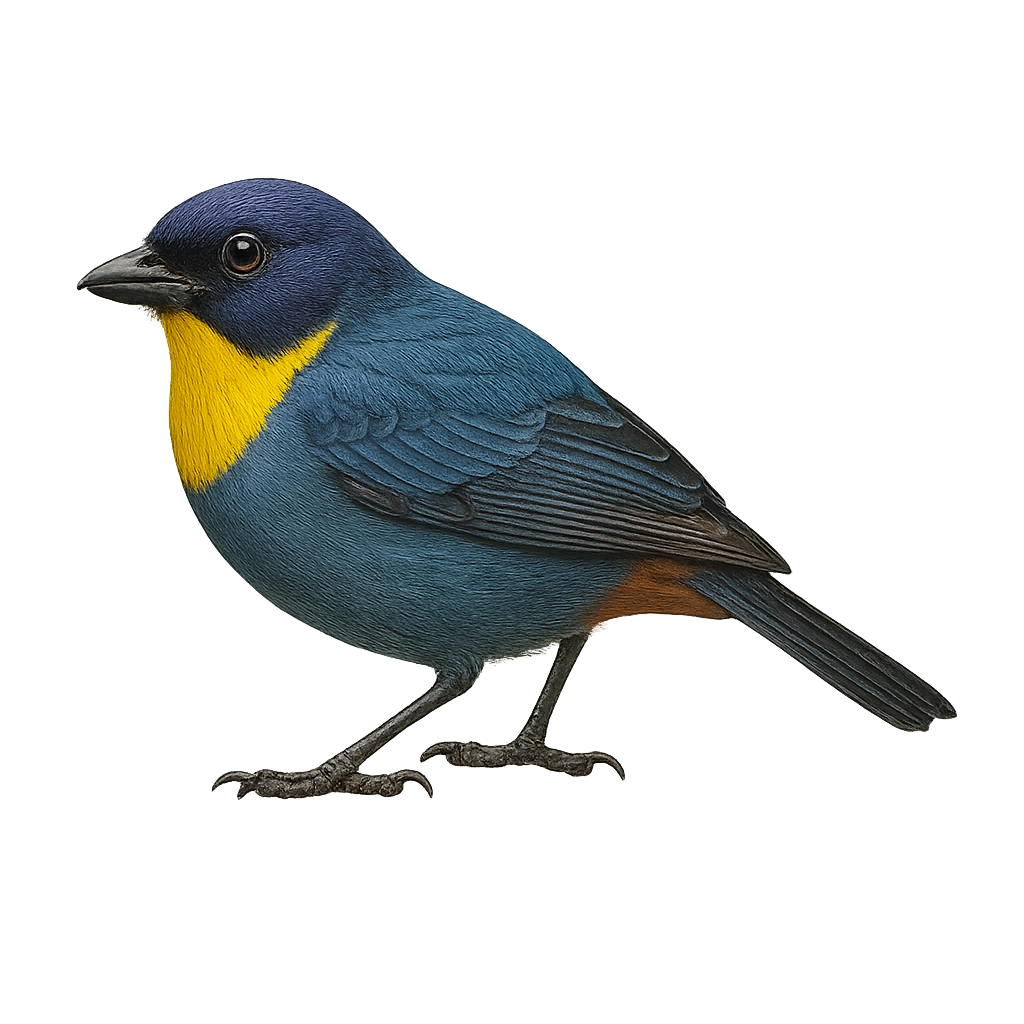Your wildlife photography guide.
Explore the purplish-mantled tanager in detail, study its behavior, prepare your shots.
Where to observe and photograph the purplish-mantled tanager in the wild
Learn where and when to spot the purplish-mantled tanager in the wild, how to identify the species based on distinctive features, and what natural environments it inhabits. The WildlifePhotographer app offers tailored photography tips that reflect the purplish-mantled tanager’s behavior, helping you capture better wildlife images. Explore the full species profile for key information including description, habitat, active periods, and approach techniques.
Purplish-mantled Tanager
Scientific name: Iridosornis porphyrocephalus

IUCN Status: Near Threatened
Family: THRAUPIDAE
Group: Birds
Sensitivity to human approach: Suspicious
Minimum approach distance: 10 m
Courtship display: May to June
Incubation: 13-15 jours
Hatchings: May to July
Habitat:
Humid forests, cloud forests, forest edges
Activity period :
Primarily active during the day, with peak activity in the morning and late afternoon.
Identification and description:
The Purplish-mantled Tanager, scientifically known as Iridosornis porphyrocephalus, is a vibrant bird belonging to the Thraupidae family. It inhabits the humid forests of the Andes, where its striking plumage stands out. The bird's head is a distinctive purplish hue, contrasting with a body of blue and green shades. It measures about 15 cm in length and weighs between 20 and 30 grams. Its diet consists mainly of insects and fruits found in the dense canopy. Although discreet, it is often detected by its melodious song. The Purplish-mantled Tanager is an important indicator of the health of Andean forest ecosystems, and its presence signifies a rich and preserved biodiversity.
Recommended lens:
400 mm – adjust based on distance, desired framing (portrait or habitat), and approach conditions.
Photography tips:
To photograph the Purplish-mantled Tanager, it's advisable to use a telephoto lens of at least 400mm to capture the details of its plumage without disturbing it. Look for it in the humid forests of the Andes, particularly in canopy areas where it feeds. Be patient and discreet, as this bird is suspicious. A tripod can be helpful to stabilize the camera in the low-light conditions of the undergrowth. Take advantage of the early morning hours when the light is soft and bird activity is at its peak.
The WildlifePhotographer App is coming soon!
Be the first to explore the best nature spots, track rutting seasons, log your observations, and observe more wildlife.
Already 1 439 wildlife lovers subscribed worldwide

